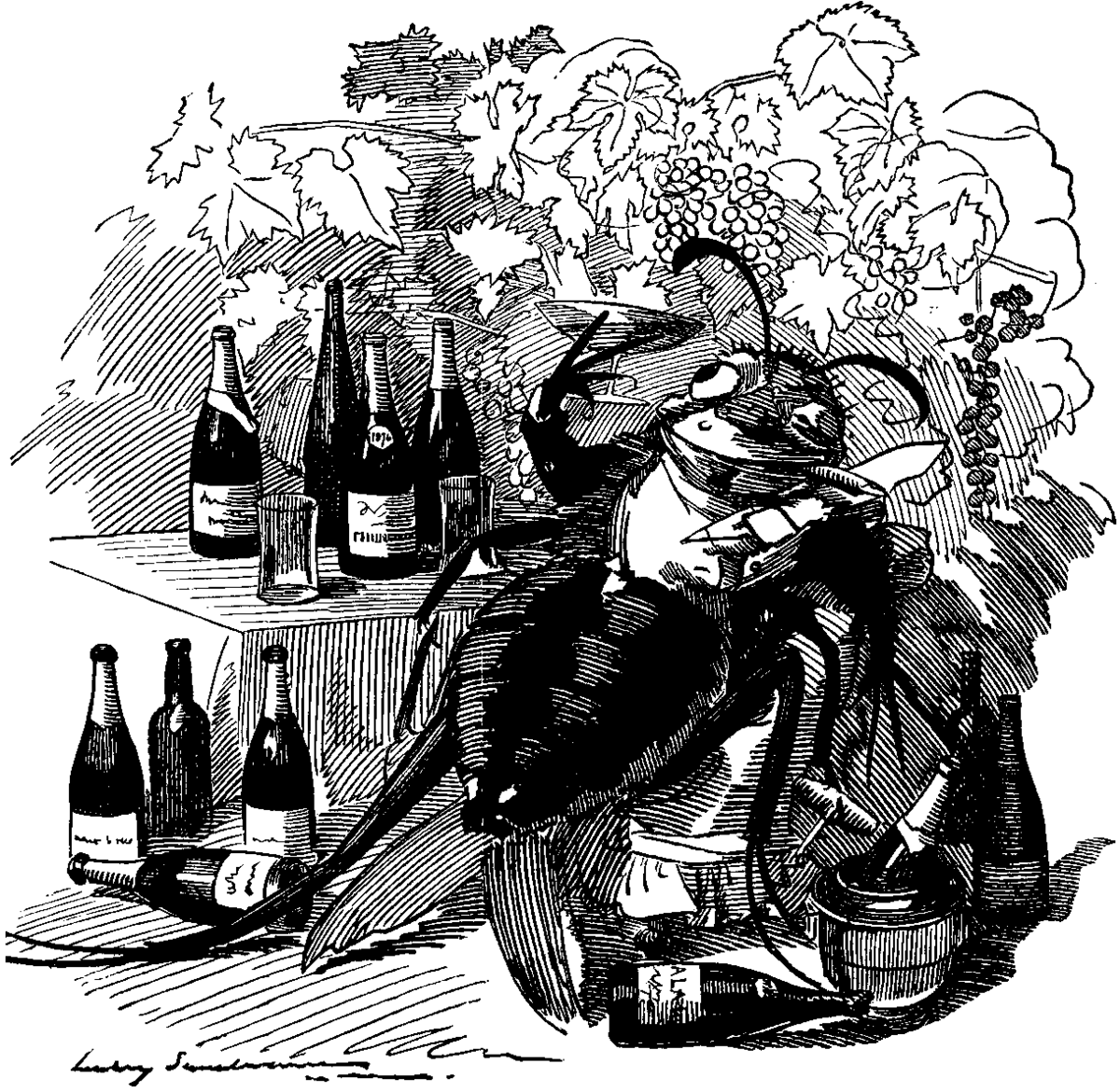This is pretty controversial in the chestnut restoration community. The traditional method of crossing with Asian Chestnuts have been going on for decades but to date the crosses still get the blight but to much lesser extent. The genetic manipulation cuts year off the process
https://www.yahoo.com/news/conservationists-planting-seeds-historys-biggest-113300716.html
https://www.yahoo.com/news/conservationists-planting-seeds-historys-biggest-113300716.html


